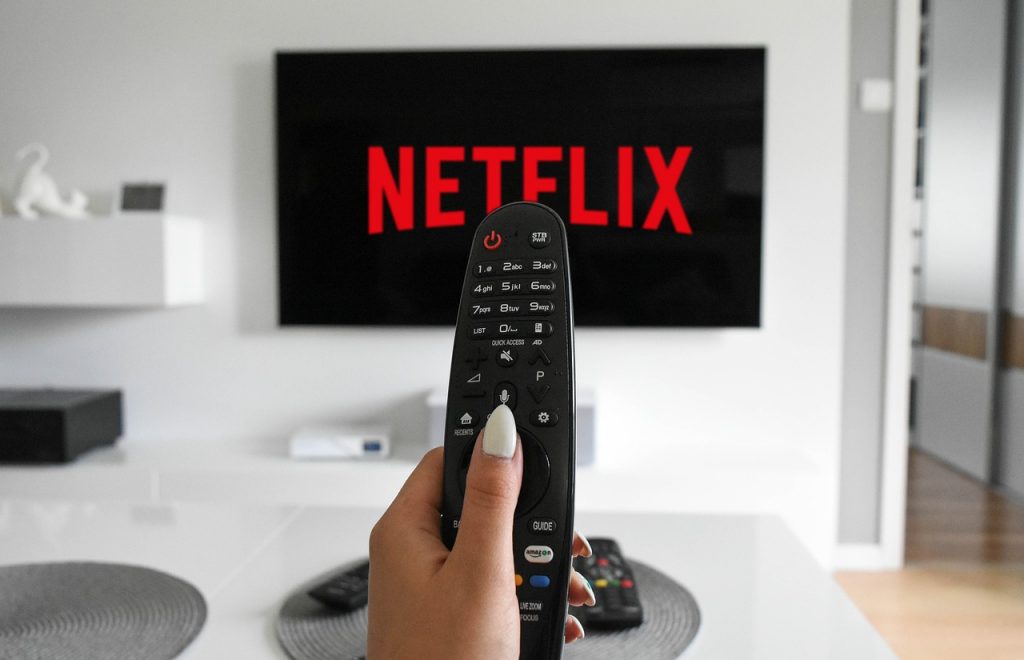The Future Of Netflix Is Hanging In The Balance?
The seemingly mighty Netflix may very well fall.
This article is more than 2 years old

Netflix has come a long way since its launch as a mail-based movie rental service in 1997. The company made several tweaks to its business model over the years, becoming the world’s most dominant streaming platform in recent times. As of December 31, 2021, the publicly traded firm had approximately 221.8 million subscribers worldwide. That included 75.2 million in the United States and Canada, 74.0 million in Europe, the Middle East, and Africa, 39.9 million in Latin America, and 32.7 million in Asia-Pacific. However, despite its popularity, Netflix faces the new challenge of stagnation, having lost 200,000 subscribers for the first time in more than a decade.
Now, the streaming giant is warning of more trouble ahead. According to CNBC, the company’s share value dropped by more than 25% in hours following Tuesday’s first-quarter report. The stock price of similar streaming platforms like Roku, Spotify, and Disney also plummeted in the after-hours market after the California-based company’s brutal announcement.
Unfortunately, the company’s future isn’t looking great either. Netflix is predicting a global paid subscriber loss of two million for the second quarter. The streamer addressed the concerning situation in a letter to shareholders which said, the firm’s revenue growth has slowed considerably despite streaming winning over linear. “Netflix titles are very popular globally,” the letter said. “However, our relatively high household penetration, when including the large number of households sharing accounts, combined with competition, is creating revenue growth headwinds.”

The last time the streamer experienced a large drop in subscribers was in October 2011. So Netflix was not overconfident when it told shareholders is expected to add 2.5 million net subscribers during 2022’s first quarter. Independent analysts had also estimated that the number would be closer to the 2.7 million mark. Because, during the same period a year ago, the streaming service added 3.98 million paid subscribers to its popular platform.
According to Netflix growing competition from streaming services helmed by traditional entertainment companies is one reason for the stall in new users. The company also said the suspension of the service in Russia cost them 700,000 subscribers. Mostly, the streamer cited rampant password sharing as the major player in the low subscriber rate. They estimate that in addition to its 222 million paying households, access is being shared with more than 100 million additional homes through account sharing. As such, a global crackdown could be coming soon.
To cement its place in the market, Netflix has increased its content spending with a strong focus on originals. To pay for this, the company simply increased the price of its service. Those adjustments are helping to bolster revenue, the company told CNBC. But the cost was also partially responsible for losing 600,000 subscribers in the United States and Canada during the most recent quarter.
Netflix is also exploring other options for growth, like adding video games. Meanwhile, analysts and investors are wondering what else the platform can do to increase profits. The company’s revenue increased nearly 10% to $7.87 billion but fell short of the expected $7.93 billion. In some positive news, the streamer’s free cash flow amounted to $802 million during the first quarter, which is up from $692 million a year prior.





